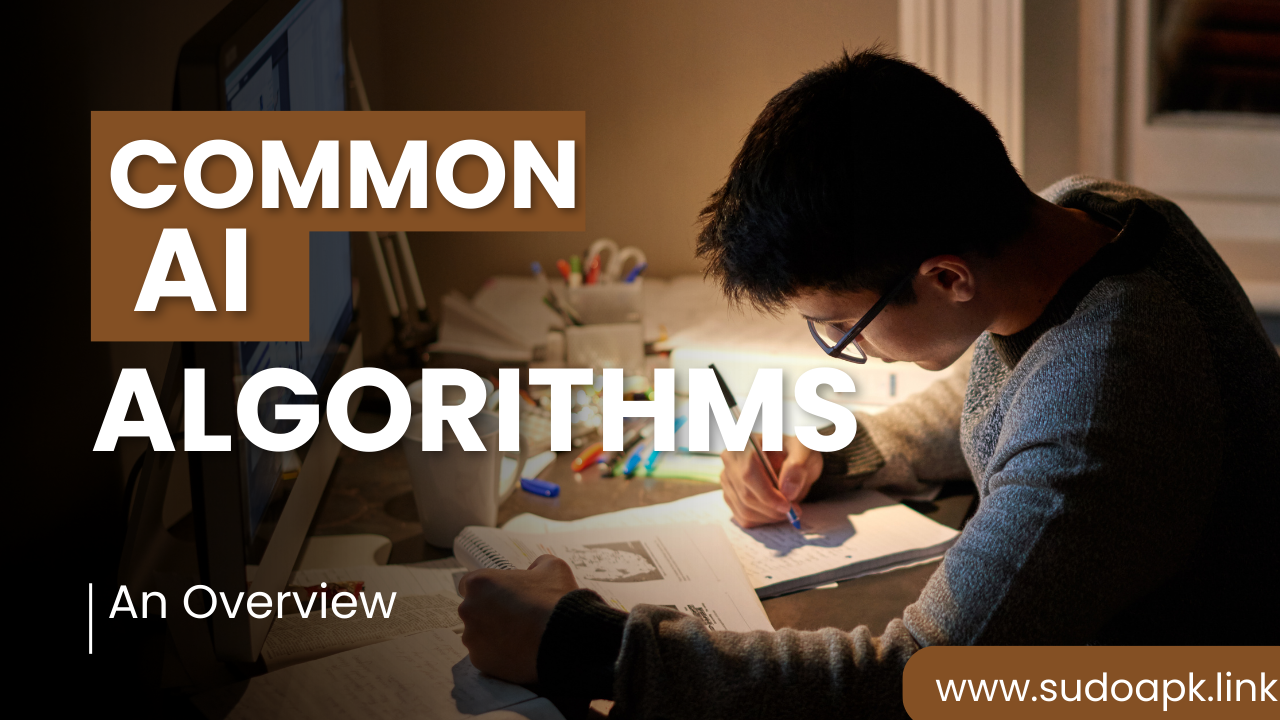

Common AI Algorithms: An Overview
Artificial Intelligence has achieved remarkable advances building algorithms rivaling and exceeding human capabilities on specialized tasks. Much progress stems from mathematical models called algorithms organizing data calculations towards useful ends.
Algorithms provide step-by-step procedures for transforming inputs into desired outputs efficiently. AI leverages algorithms aligning large datasets with outcomes like predicting heart disease risk from medical records or identifying objects in images.
Examining widely adopted algorithms provides crucial foundations appreciating AI functionality - from machine learning calculations optimizing accuracy to reasoning architectures manipulating knowledge supporting explainable decisions.
What is an Algorithm?
An algorithm refers to a sequence of instructions converting inputs into defined outputs by following codified steps iteratively. Their strict rule-based nature allows systematic evaluation of each computational progression.
Key Traits
Algorithms commonly demonstrate traits including:
Defined inputs and outputs – Specifying start and end variables
Set sequence - Precisely ordering computational steps
Finiteness – Executing a non-infinite number of steps
Definiteness - Unambiguously defining each calculation
Massiveness - Managing substantial data flows
Mechanization – Full automation executing instructions
These principles allow both humans and computers to perform algorithms methodically.
Significance
Well-designed algorithms enable capabilities like:
- Efficiently sorting vast datasets
- Recommending content based on preferences
- Recognizing images and speech
- Reasoning through complex decisions
- Optimizing logistics flows
- Discovering patterns within data
Algorithms drive core AI capabilities manipulating data at scale to extract insights, predict outcomes, make decisions, and generate recommendations. Mastering algorithms unlocks AI applications.
Types of AI Algorithms
Hundreds of mathematical and statistical models drive AI functionality across specialized applications. Core algorithm categories include:
Machine Learning Algorithms
Machine learning algorithms automatically improve system behaviors by identifying patterns from exposure to training data instead of hand-crafted programming. ML models make data-driven predictions and decisions by fine-tuning statistical correlations revealed from vast datasets.
Supervised Learning Algorithms
Models train on input datasets labeled with correct outputs to infer classification rules.
- Linear & logistic regression - Forecast numeric outcomes and probabilities
- Decision trees - Establish rule-based data partitions
- K-nearest neighbors - Classify objects based on feature similarity
- Support vector machines - Find optimal decision boundaries
Unsupervised Learning Algorithms
Algorithms reveal intrinsic structures within unlabeled input data.
- Clustering - Group data sharing common traits
- Anomaly detection - Identify outlier instances
- Neural networks - Build representations learning from examples
Reinforcement Learning Algorithms
Agents dynamically engage with environments maximizing rewards through trial-and-error self-play without supervision.
- Q-learning - Select actions optimizing future value estimates
- Temporal difference - Connect temporally separate events
- Deep Q-networks - Optimize rewards from high-dimension sensory input
ML algorithms recognize complex patterns at enormous scale fueling modern AI capabilities.
Computer Vision Algorithms
Enables processing, analyzing and interpreting digital images and video extrapolating meaningful characteristics.
Image Processing
- Filters - Manipulate pixel values enhancing image properties
- Morphology - Modify structures based on shape
- Thresholding – Segment foreground objects from background
Feature Detection
- Edge detection – Identify pixel intensity discontinuities
- Corner detection – Locate rapid intensity shifts along gradients
- Blob detection – Highlight contiguous regions
Applications
- Image classification – Categorize scenes and objects
- Object detection – Locate instances and positions
- Image segmentation – Differentiate constituent regions
- Image generation – Produce artificial images
Computer vision provides machines observational abilities to automate tasks requiring visual perception.
Natural Language Processing Algorithms
Interpret and generate human languages like English enabling capabilities like translations or chatbot conversations.
Language Interpretation
- Sentiment analysis – Assess emotional tone
- Named entity recognition – Identify keyword categories
- Topic modeling – Conceptual clustering
- Intent classification – Determine meaning and goals
Language Generation
- Text summarization – Condense passages
- Grammatical error correction – Fix mechanics
- Dialogue systems – Converse contextually
NLP algorithms decode linguistic datasets drawing insights and producing responses.
Planning and Control Algorithms
Strategize action sequences achieving objectives given environment constraints. Critical for robotics traversing terrain and autonomous vehicles navigating roads safely.
Deliberative Planning
- Grid-based pathfinding – Navigate waypoints avoiding obstacles
- Hierarchical task networks - Model high-level behaviors as networks of simpler tasks
Reactive Control
- Proportional–integral–derivative control - Dynamically regulate trajectories
- State machines - Transition logical conditions executing behaviors
Planning algorithms enable autonomous systems to reason strategically.
Knowledge Representation Algorithms
Structure concepts, entities, relationships, rules to perform reasoning supporting explainable conclusions.
- Semantic networks – Graph knowledge as connected nodes and edges
- Description logic – Logically define classes, individuals, and relations
- Frame systems – Attribute-value sets represent stereotypical entities
- Horn clauses – Statement logic encoding facts and rules
Representing domain information symbolically facilitates explainable inferences.
Real-World Applications
Algorithms originate academic theory but prove themselves through real-world performance solving industry challenges:
Supply Chain Optimization
Combinatorial algorithms schedule production and distribution maximizing efficiency and minimizing waste.
Drug Discovery
Deep learning algorithms reveal biochemical interactions accelerating therapeutic development.
Autonomous Vehicles
Coordinate sensor fusion, acceleration, lane centering, and obstacle avoidance algorithms navigating roads safely.
facial Recognition
Image recognition neural networks verify identities in security systems and consumer devices.
Chatbots
Dialogue algorithms converse naturally using NLP, state tracking, intent recognition and response retrieval.
Predictive Analytics
Forecasting algorithms estimate future outcomes like patient health trajectories or equipment failure risk.
Information Retrieval
Search ranking algorithms efficiently discover relevant content from massive document corpuses.
The symbiotic combination of algorithms working in concert unlocks valuable AI solutions across industries. Mastering a mix of mathematical and statistical models enables creating customized architectures fitting unique requirements.
Designing Algorithms
While many powerful algorithms exist ready for application and customization - occasionally new use cases necessitate developing novel bespoke solutions from scratch:
Steps for Algorithm Design
Specify Inputs and Outputs
Precisely define essential inputs the algorithm will operate on and the desired post-processing outputs.
Outline Sequence Logic
Map computational phases sequentially from raw intake to final output including data handling, analysis logic, conversions and delivery.
Formalize Computational Steps
Rigorously specify each calculation, measurement, decision gate etc. comprising the workflow optimizing for correctness.
Consider Efficiency Tradeoffs
Evaluate potential streamlining opportunities like caching interim values or simplifying needlessly complex operations.
Implement Software Environment
Code the algorithmic logic cleanly in languages like Python or MATLAB validating functionality.
Test Across Use Cases
Verify performance across the problem space from typical to edge cases adjusting as needed.
While often challenging, designing new high-performance algorithms unlocks otherwise infeasible innovation.
Algorithm Concepts
Advancing algorithmic design requires crossing key computer science concepts:
Time Complexity
The computational efficiency describing the quantity of operations as input sizes grow towards infinity. Lower complexity enables scaling.
Space Complexity
Memory resources needed to store algorithm data like queues or matrices during execution. Optimizing data structures saves memory.
Convergence
The certainty of algorithms like neural networks or gradient descent reaching intended solutions given adequate iterations without divergence.
System Architecture
High-level software and hardware components like parallel processing GPU clusters executing machine learning model training or inference efficiently.
Optimality
Benchmarking solution quality relative to exhaustive or probabilistic methods determining definitively superior approaches.
Research improving algorithms against these standards increases capabilities and speeds benefiting AI systems.
Developing AI Algorithms
While many powerful algorithms exist in ready-made libraries, advancing AI necessitates pushing boundaries further customizing and creating new models:
Hybrid Algorithms
Combining approaches integrates strengths while mitigating limitations from individual techniques for more robust performance.
Distributed Computing
Parallelizing algorithm execution across networked machines enhances speeds allowing immense data processing.
Neuromorphic Hardware
Brain-inspired custom silicon like neurosynaptic chips process neural network algorithms radically faster using fractions of power.
Quantum Algorithms
Harnessing quantum mechanical phenomena provides exponential speedups to cryptography, search, simulation and machine learning operations.
Algorithmic Fairness
Ensuring equal treatment for all groups during analytics while removing discrimination against protected classes.
Explainable AI Algorithms
Inferring human-intelligible explanations for opaque model decisions builds trust applying accountable AI.
Innovating algorithms aligns technological potential with ethical priorities benefiting business and society responsibly.
Looking Ahead at Algorithms
While algorithms facilitate remarkable present-day AI - room for progress persists across task flexibility, skill integration, contextual reasoning, sample efficiency, computational speed, scale and accessibility.
Future Directions
- Hybrid algorithms combining symbolic models using structured knowledge with sub-symbolic machine learning for integrated reasoning
- Self-supervised multimodal algorithms coordinate learning across language, vision, audio, sensor streams
- Generative algorithms create novel examples like images, video, text and dialogue
- Trustworthy algorithms offer result explanations, uncertainty estimates, error bounds and fairness governance
- Distributed algorithms train immense models using thousands of machines in parallel
Advancing algorithms bridges narrow specialized capabilities towards more expansive general machine intelligence - elevating sophisticated AI assistance improving lives across healthcare, education, sustainability and more in the decades ahead.
FAQs About AI Algorithms
What is an algorithm in simple terms?
Algorithms outline step-by-step problem-solving procedures for transforming specified inputs into desired outputs efficiently. AI leverages many algorithms processing data at scale.
What's the difference between AI algorithms and traditional software?
Unlike rigidly programmed software, machine learning algorithms train themselves by analyzing datasets to optimize criterion like prediction accuracy across use cases.
What algorithms are currently driving AI capabilities?
Deep learning neural networks now dominate pattern recognition from images, audio and text. Graph algorithms also connect relationships between nodes. Search algorithms locate solutions efficiently exploring possibility spaces.
How do you evaluate an algorithm?
Key metrics include correctness, speed, scalability, flexibility, interpretability, noise tolerance and optimality according to mathematical information theory limits.
Who designs new algorithms today?
AI researchers across academia and industry actively publish thousands of papers yearly innovating new models. Tech giants like Google and Meta deploy huge engineering teams building algorithms before open sourcing research publicly.
Conclusion
Algorithms fundamentally enable artificial intelligence functionality by organizing procedural calculations over data flows to efficiently produce valuable insights. Core algorithm varieties like machine learning, planning and search models drive AI capabilities across areas like pattern recognition, autonomous control, knowledge representation and reasoning. Real-world performance optimizing speed, accuracy, scalability and efficiency over challenging industry datasets confirms algorithm fitness translating theory into practice. With so many powerful algorithms available yet limitations persisting - improving operational envelope and hybridizing approaches unlocks innovation potential assisting organizations and augmenting lives with intelligent technology built upon and guided by human values.
Popular articles
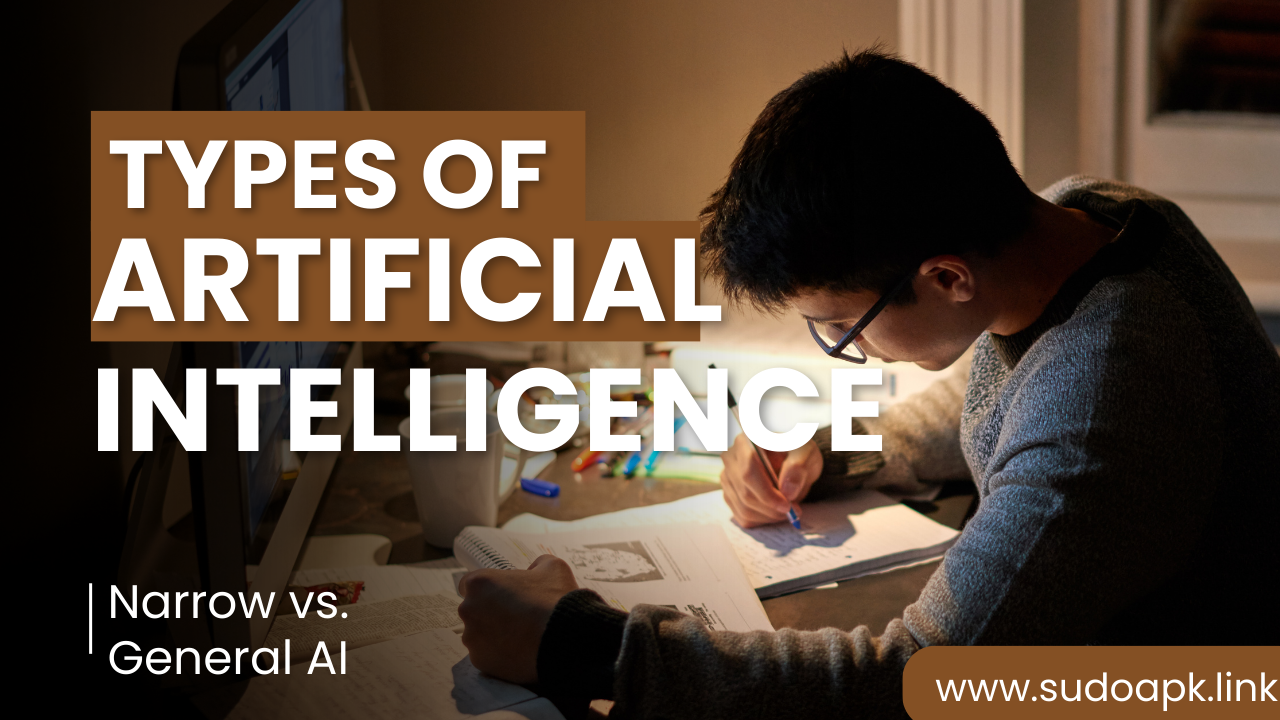
Dec 31, 2023 07:04 AM
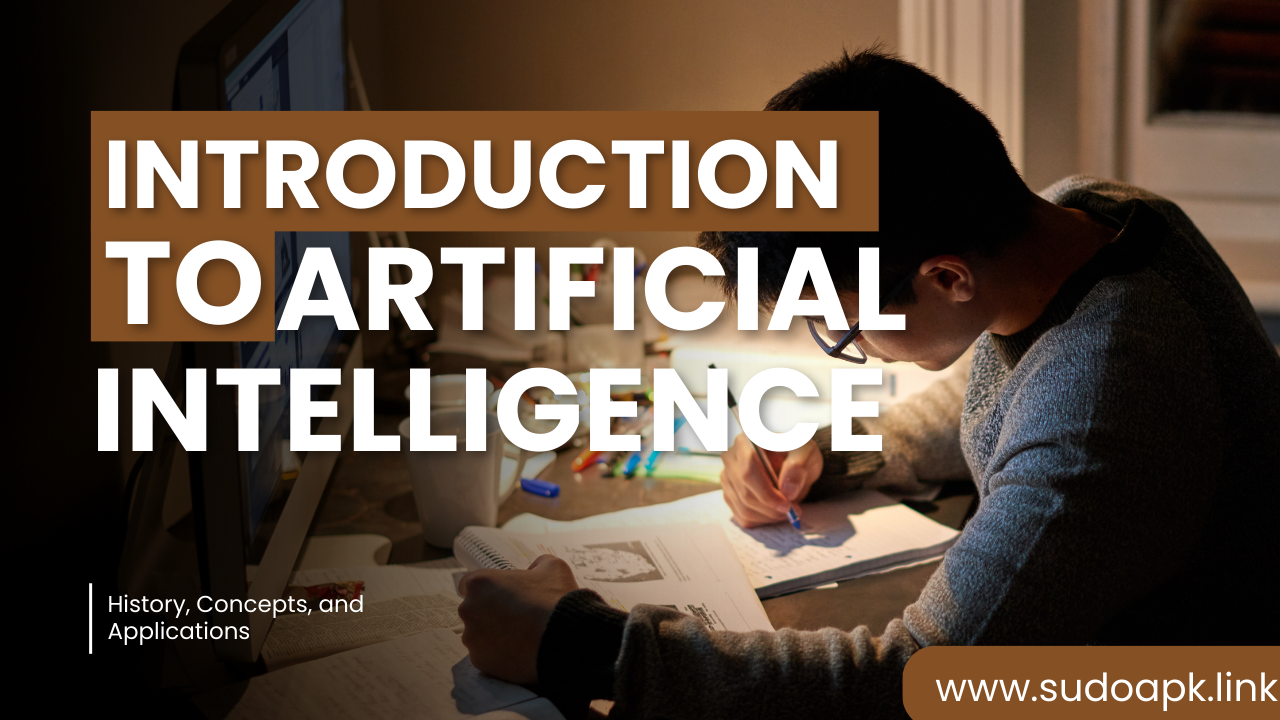
Dec 31, 2023 06:48 AM
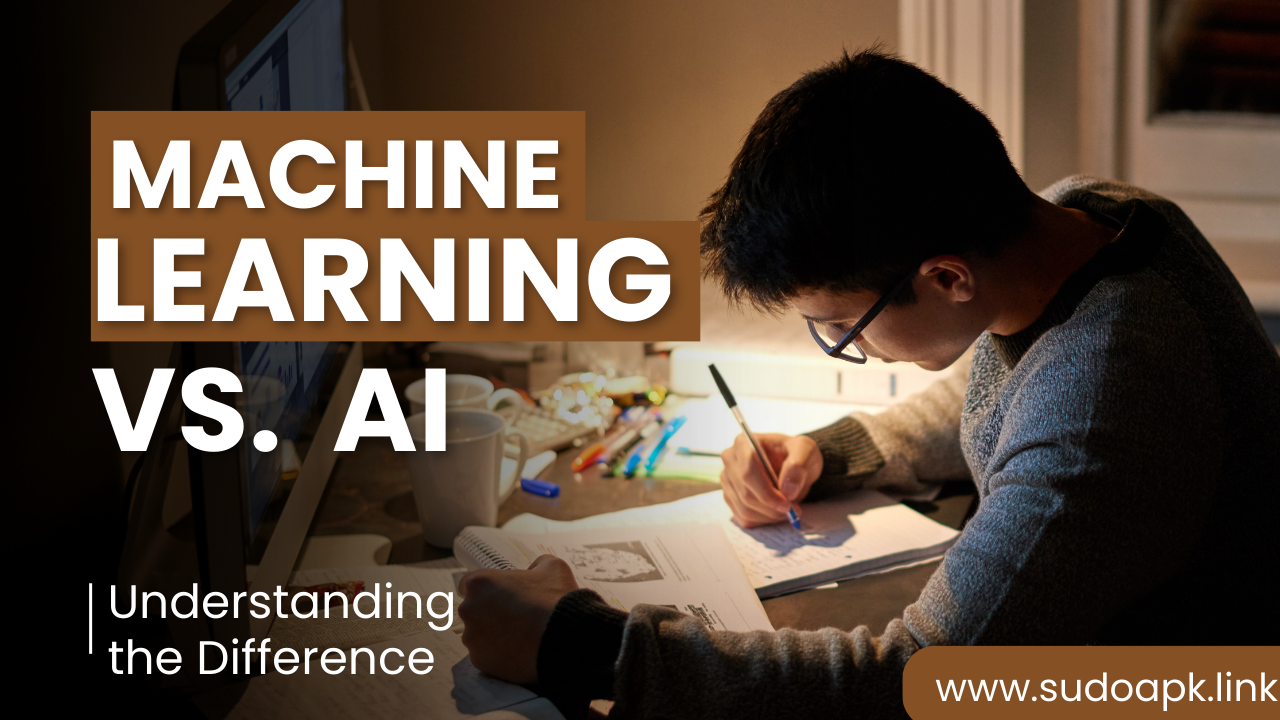
Dec 31, 2023 07:12 AM
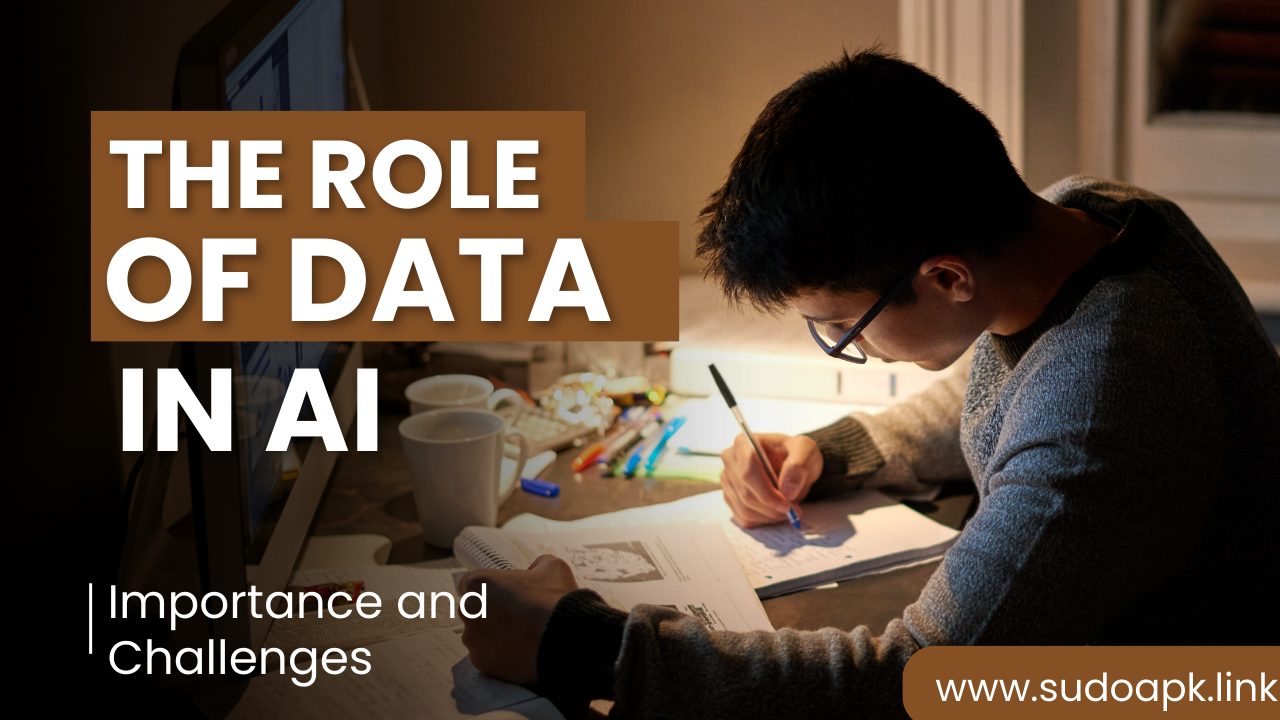
Dec 31, 2023 07:22 AM

Dec 31, 2023 07:17 AM
Comments (0)